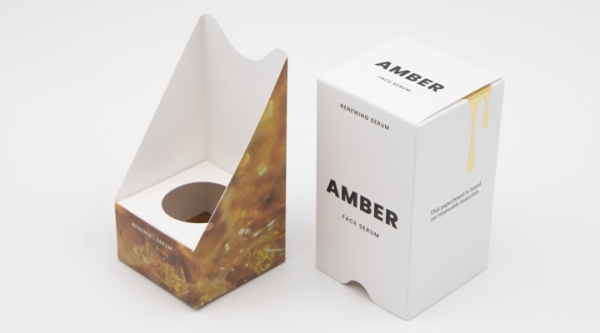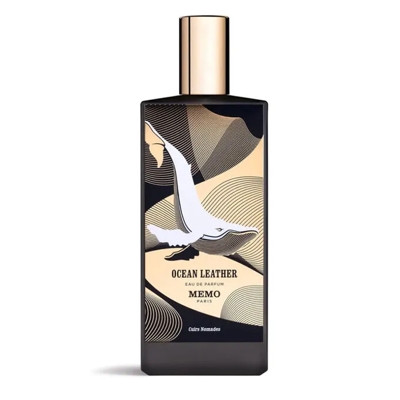Four skincare experts give us the tips and tricks for fading every kind of acne scar.
By
Audrey Noble
Mar 4, 2020
Matteo Scarpellini
The only thing worse than having a major pimple (or acne) is the long-term scarring that follows. Even if you care for your skin like a newborn infant, spots and red marks can linger for weeks or months. But there are expert ways to fade them fast—or prevent the scarring from even forming in the first place. We spoke with Yunyoung Claire Chang, a dermatologist at the Union Square Laser Dermatology; Dennis Gross, dermatologist and founder of Dr. Dennis Gross Skincare and Dr. Dennis Gross Dermatology; Dr. Michele Farber of Schweiger Dermatology Group in New York City; and Gilly Munavalli, medical director and founder of Dermatology, Laser, and Vein Specialists of the Carolinas, to give us the lowdown on how to prevent and get rid of acne scars—forever. What Causes Acne Scars?
Obsessed with Skin Care? Don’t Miss Our Anti-Aging Event A spa day reimagined, Restore brings together anti-aging treatments and experts for a day of luxurious pampering curated by the editors of BAZAAR. Join us May 1 & 2, 2020 for this exclusive NYC event. Tickets are selling fast—get yours today.
.
Acne scars are caused by inflammatory acne lesions, such as papules (pink raised bumps), pustules (pink bumps with white pus), or cysts. According to Chang, there are several factors that contribute to the risk of developing scars. First, it may be genetic: if you have family members who have acne scars, you’re at a higher risk of developing them too. Your skin type also affects the types of scarring. Chang says those with lighter complexions may be more prone to acne erythema (persistent redness) after inflammatory acne, while those with darker complexion patients may be more prone to post-inflammatory hyperpigmentation or brown blemishing.
It’s obvious but bears repeating: don’t even think about touching a pimple. We tend to cause excess trauma that will worsen inflammation, resulting in scars. Chang says to avoid harsh scrubs and skincare products that can further irritate skin and to stop picking, popping, and squeezing acne as that will exacerbate inflammation. She warns that excess sun exposure can make acne blemishes darker, yet another reason to wear SPF 30 or higher every single day (no matter your skin type or tone).
What Type of Scarring Do You Have?
Gross says there are four different types of acne scars one can get: ice pick, rolling, boxcar and hypertrophic. Once you figure out what type you’re dealing with, it’s easier to choose the most effective treatment to getting rid of those scars.
Ice pick acne scars are small, narrow, pinpoint acne scars that penetrate deep into the skin, according to Gross. They develop when infected cystic acne makes its way to the surface and destroys the skin tissue, leaving a cylindrical, column-like scar. Rolling scars have a wave-like appearance and are wide and shallow in depth. These develop when the when tissue develops between the epidermis and hypodermis, the innermost layer of skin, and they band together to create this rolling appearance.Boxcar scars have angular, well-defined edges. When an inflammatory breakout destroys collagen, it results in a loss of tissue and the skin is left with depressed areas.Hypertrophic scars are raised scars. He says these are caused when the skin doesn’t realize that the wound has healed and overproduces collagen.If you’re still unsure about your scarring type, pay a visit to your dermatologist.What Is the Best Treatment for Acne Scars?
Start with chemical (not physical!) exfoliation. Gross says using a product that offers gentle chemical exfoliation is the first step in healing scars. We like his Alpha Beta Universal Daily Peel; it has a blend of alpha and beta hydroxy acids that exfoliates dead, darkened scar skin cells while stimulating collagen production. He also says to look for anti-inflammatory and skin brightening ingredients in your serums and, such as vitamin C, a skin-brightening antioxidant, and vitamin E, which regenerates skin cells and improves the texture. Farber agrees, recommending SkinCeuticals CE Ferulic Serum, which has a high concentration of both antioxidants, as well as anti-aging ferulic acid. Chang says to look for topical treatments that contain retinoids, hydroquinone, and azelaic acid, which have all bene proven to dramatically lighten dark marks and even melasma. Her favorite picks are the Murad Rapid Age Spot and Pigment Lightening Serum and Skinbetter AlphaRet Overnight Cream. A word of caution: hydroquinone, a skin-bleaching agent, should only be used under the care and supervision of a dermatologist, since it can potentially lighten healthy skin, too.
For ice pick, rolling, and boxcar scars, Gross says to seek a collagen-boosting treatment, like the in-office laser Smooth Beam. When collagen production is boosted, the scar will eventually raise to match the rest of your skin’s surface. Other pro treatments to discuss with your dermatologist are the laser Picoway Resolve, microneedling like Profound, subcision, and hyaluronic acid filler treatments.
With hypertrophic scars, the reduction of collagen is key. Chang suggests treatment options that include silicone gel, steroid injections, and lasers. Gross agrees, saying that if the acne scar is both red and raised, an in-office laser such as the Vbeam laser is “an exceptional way” to reduce its appearance.
How Do You Prevent Acne Scarring?
If you’re looking to prevent acne scars from happening in the first place (aren’t we all?), the best way is to treat acne lesions as soon as they appear. Over-the-counter treatments that contain benzoyl peroxide and salicylic acid are a great place to start, but if acne persists, ask your dermatologist about prescription medications like retinol, Aczone, or spironolactone.
Munavalli likes to treat acne with a topical prescription-strength retinol cream to clear clogged pores and decrease inflammation. He also recommends topical benzoyl peroxide washes at four-percent strength or higher to decrease bacterial growth.
Source: www.harpersbazaar.com






